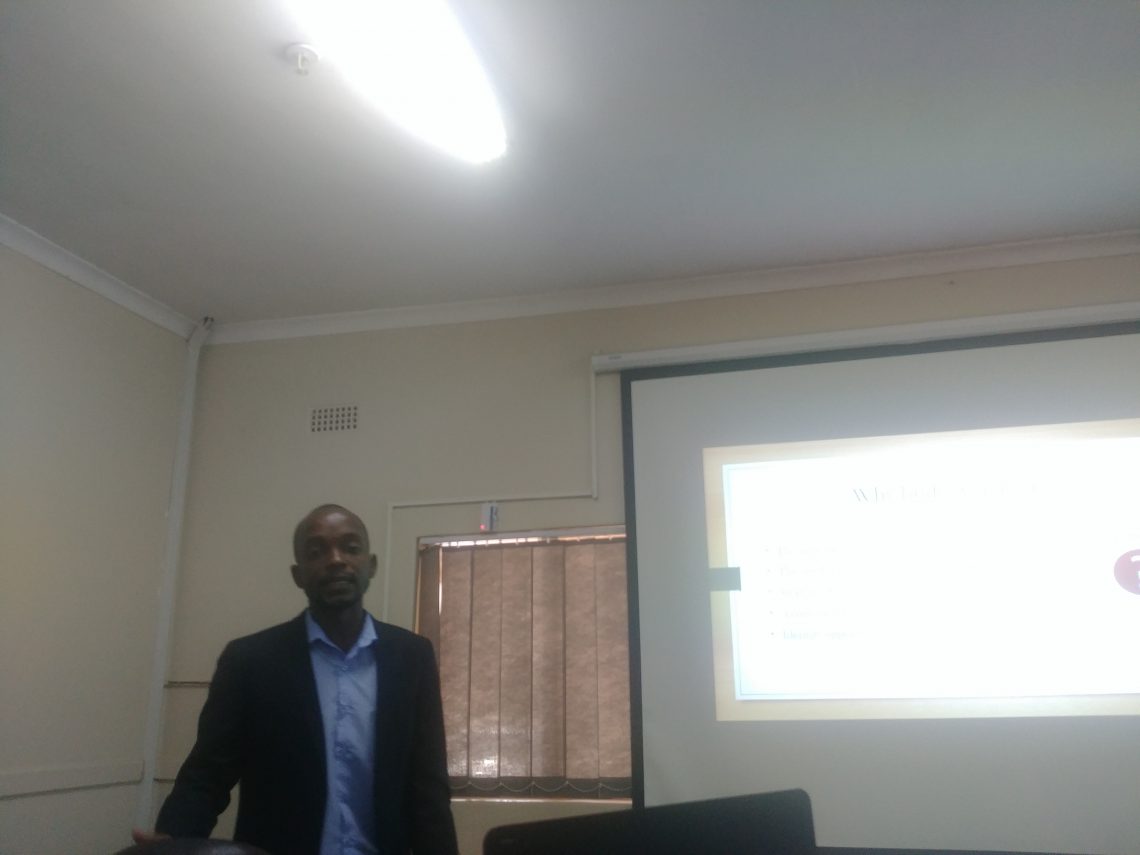By Byron Mutingwende
Although there were some notable reductions in stunting rates in some countries between 2015 and 2018, stunting remains worryingly high in East and Southern Africa, a study has shown.
The Zimbabwe Civil Society Organisations Scaling Up Nutrition Alliance (ZCSOSUNA) was part of the team that jointly commissioned a study to establish baseline national budget nutrition commitments and expenditures in nine countries – Kenya, Madagascar, Malawi, Mozambique, Rwanda, South Sudan, Tanzania, Zambia and Zimbabwe.
According to ZCOSUNA Coordinator, Kudakwashe Zombe the study was designed to support the East and Southern Africa Civil Society Network members to engage with their respective governments to enhance implementation of their nutrition commitments and interventions by increasing domestic budget allocations.
The report is titled: East and Southern Africa (ESA) National Budget Commitment to Nutrition, Baseline Country Assessments.
“The report reveals that governments are not adequately prioritising nutrition spending despite abundant evidence of its importance to individuals, households, and the national economy. Findings across the nine countries show that malnutrition is a major problem with far-reaching consequences on households and national development.
“For instance, according to SUN Movement, of the nine countries in the study, Madagascar has the highest rate of malnutrition: 47.3% of children under-five are stunted. Kenya has the lowest stunting rates at 26%. The median for the nine countries is 37.6%. Although there were some notable reductions in stunting rates in some countries between 2015 and 2018, the numbers remain worryingly high,” Zombe said..
Across the nine countries, a total of 14.8 million children under-five are stunted. Governments have developed national policies, action plans and signed up to various global commitments in response to their respective nutrition challenges. However, the study found that governments have challenges translating policies and commitments into implementable actions to effectively address the problem of malnutrition.
A key indicator of a government’s commitment to nutrition is the amount of resources it allocates and spends through the national budget from its own resources. The study found that the highest allocation to nutrition of the nine countries was in Malawi in 2015: 0.58% of its national budget. Including donor budgets increases this figure to 1.15%. The lowest national budget allocation to nutrition excluding on-budget donor support is in South Sudan at 0.09% (although the overall budget allocation to nutrition stands at 0.5% of the national budget).
The average allocation to nutrition as a share of the national budget across the nine countries was 0.45%. Donors are providing a significant proportion of on-budget funding for nutrition associated programmes in countries such as Mozambique (67%), South Sudan (82.8%) and Zambia (67%). The governments of South Sudan, Zambia and Mozambique allocate the least share of their national budgets to nutrition activities from their own resources at 0.09%, 0.25% and 0.33%, respectively. Rwanda allocates the most at 0.80%, followed by Malawi (0.58%) and Madagascar (0.57%).
Ms Siboniso Chigova, Programme Officer – Food Safety and Nutrition Standards of the Food and Nutrition Council said while governments have recorded progress on reducing stunting and under-nutrition, these gains are not sustainable given that the majority of investment is through donor support either through national on-budget or off- budget programmes.
“The report therefore urges governments to aim at spending at least 3% of their national budgets on nutrition by 2021, beginning in 2018/9 and progressing each year until this target is reached. This will guarantee more fiscal resources for nutrition from internal resources for the full implementation of the nutrition policies and commitments.
“Governments and development partners in the nutrition sector should ensure nutrition is integrated into the national development planning and budgeting processes. There is need to strengthen sectors’ capacity to integrate nutrition in the planning and implementation of the respective programmes,” Chigova said.
Most importantly, the report recommends that nutrition planning and implementation takes a multi-sectoral approach informed by evidence. The recommendations contained in the report are aimed at supporting governments and other stakeholders in the nutrition sector, to be able respond to fiscal challenges that hinder investment in nutrition at national level in a coordinated manner.
Tatenda Mafunga, a Scaling Up Nutrition (SUN) officer, called on government support to fund production of nutrition information systems and programmes in hard to reach areas that often bear the brunt of high rates of stunting.






